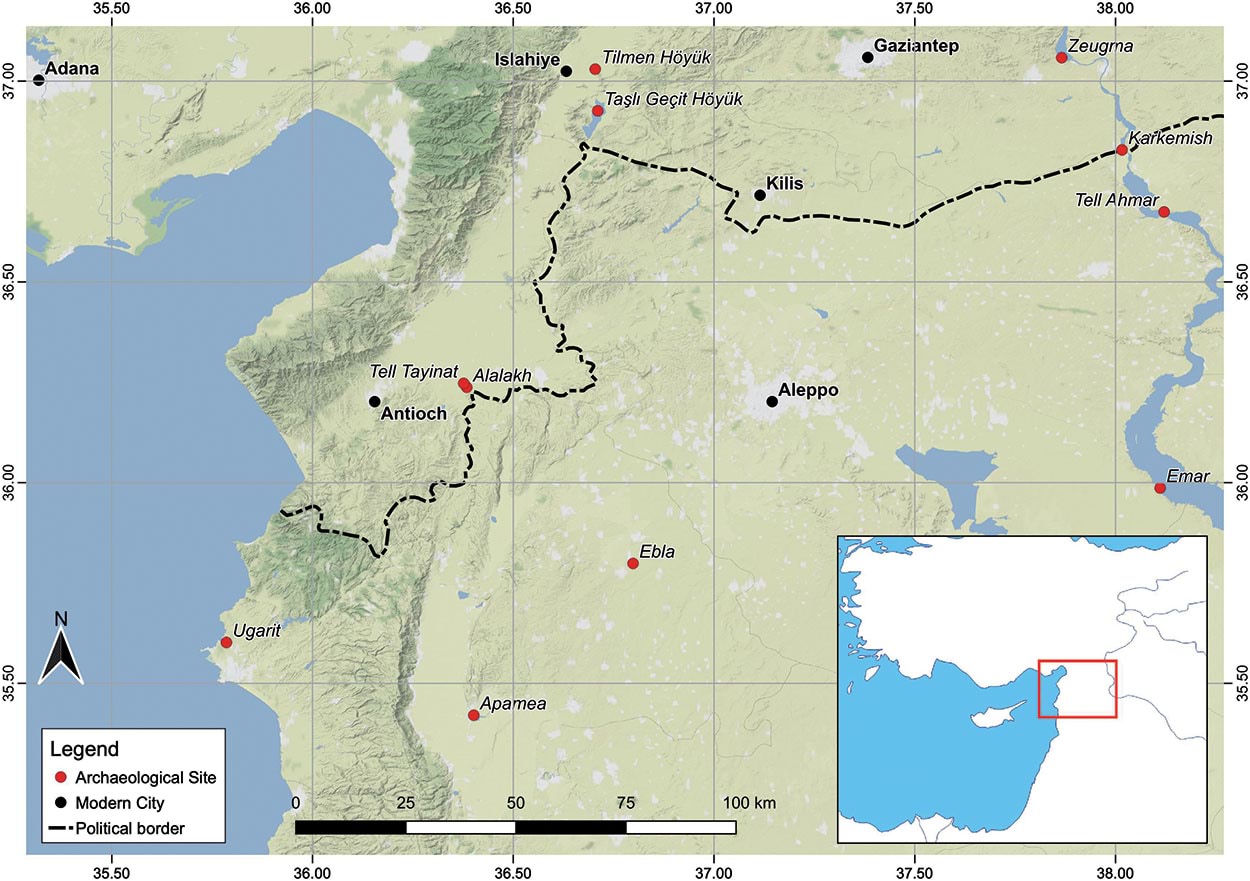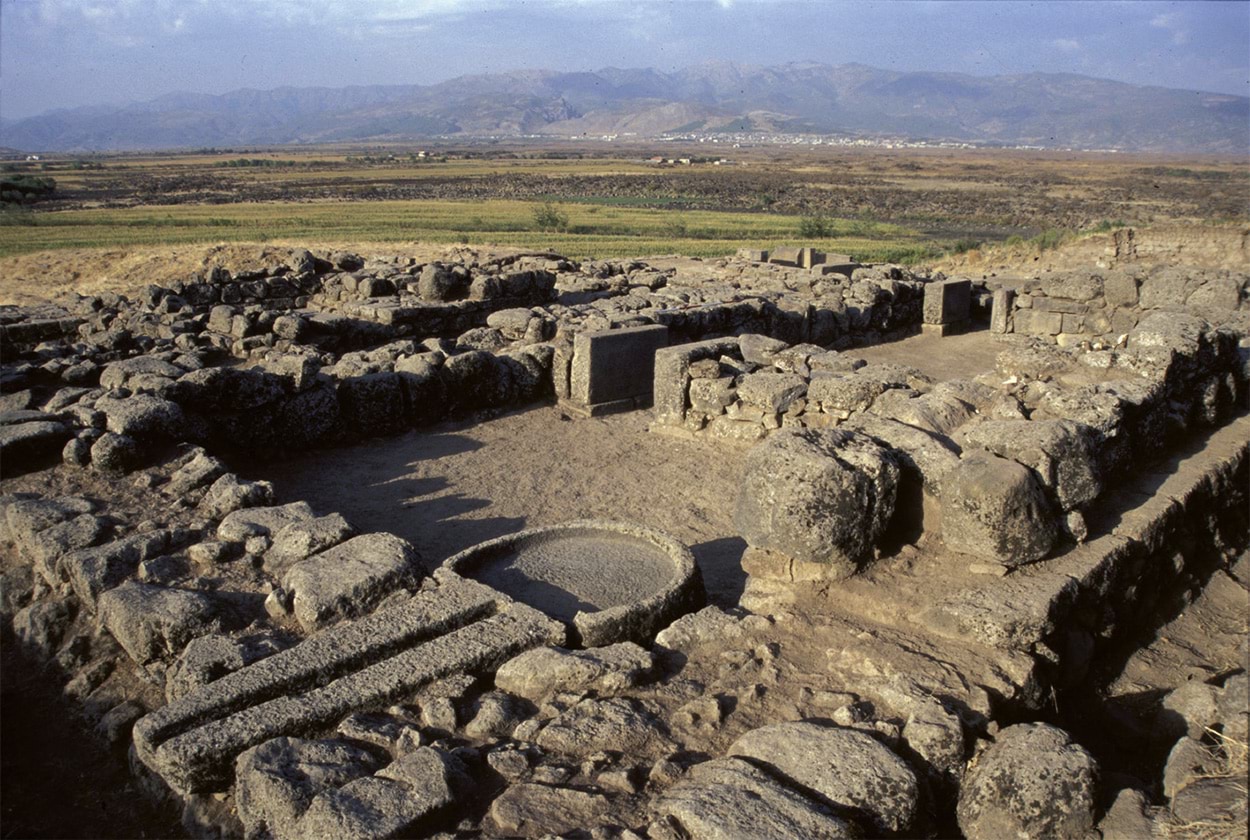
Mapei technology in two Turkish archeological parks
A book published by Prof. Nicolò Marchetti about archaeological digs in Tilmen Höyük was dedicated to Giorgio and Adriana Squinzi.
A book published by Prof. Nicolò Marchetti about archaeological digs in Tilmen Höyük was dedicated to Giorgio and Adriana Squinzi.
Professor Nicolò Marchetti from Bologna University (Central Italy) led numerous archaeological camps and projects in partnership with Mapei as the main technical sponsor, starting with the consolidation of the old walls of Jericho at the end of the 1990s.
The partnership continued with the Turkish-Italian archaeological expedition to the Gaziantep region of Turkey in 2003. Since then archaeology parks have been completed and opened in Tilmen Höyük, Tasli Geçit Höyük and Karkemish that still attract thousands of visitors every year, despite how close they are to the Syrian border.
EXCAVATIONS IN TILMEN HÖYÜK
Placed in charge of the Turkish-Italian expedition in 2003, Nicolò Marchetti supervised digs in the cities of Tilmen Höyük and Tasli Geçit Höyük. On both occasions the archaeological expedition adopted and experimented with an assortment of cutting-edge technology for carrying out the excavation work. The utmost respect was shown for the ancient structures and constructions with only minimal high-tech operations carried out in conjunction with Mapei Technical Services team for strengthening purposes and to repair and restore all the finds on the site (for further information see Realtà Mapei International no.28/2009).
Important monuments and architectural finds dating back to 1700 BC were uncovered in Tilmen Höyük from 2003 to 2008, including temples, fortresses and royal palaces. The digs were carried out as part of an elaborate project aimed at protecting and enhancing the area from both an archaeological and environmental viewpoint. The joint Turkish-Italian expedition was headed by Marchetti and could count on the support of a number of Italian firms including Mapei, which supported the project from the very beginning by supplying products required for carrying out all the planned operations. It ended up being a major multidisciplinary project to construct an archaeology park that opened to the public in 2007.
EXCAVATIONS IN TASLI GEÇIT
Two years later in autumn 2009, an emergency dig was sent under way on the nearby site of Tasli Geçit Höyük that uncovered the city of Tasli. Tasli was inhabited until 1800 BC before being abandoned due to the rising importance of neighbouring Tilmen Höyük. After the latter was destroyed around 1600 BC, Tasli Grecit was made the region’s capital. Walls were built all around the city, along with fortresses, a residence and numerous houses, but it was later destroyed by an earthquake in 1400 BC.
Tasli Geçit Höyük Archaeology Park officially opened in 2010. New methods for safeguarding against erosion were experimented with and developed on the site, partly with the aid of three Italian companies, with Mapei once again lending considerable support. Mapei’s Technical Services team again helped with the expedition, and all the relevant operations were carried out with the utmost respect for the ancient structures, preferring (as previously in the case of Tilmen Höyük) minor operations so as not to distort the appearance of the constructions and ensure they would stand the test of time (for further information see Realtà Mapei International no.44/2013).
EXCAVATIONS IN KARKEMISH
Located over on the Turkish-Syrian border and converted into a military installation, the site in Karkemish was closed to the public until 2011. After the Turkish authorities decided to carry out archaeological research, the work was commissioned to Professor Nicolò Marchetti, who had previously supervised digs on archaeological sites in Tilmen Höyük and Tasli Gecit. Karkemish, which even gets a mention in the Bible, is an ancient city, whose wealth and importance is testified by its monuments made of decorative stone, sculpted walls, low reliefs, sculptures and fortified ramparts that have gradually come to light during excavation work carried out from 2011 to the present day.
Even back in 1876, a number of British expeditions carried out digs here, including excavations by Thomas E. Lawrence, better known as Lawrence of Arabia, and all the discoveries and finds are on display in museums, including the British Museum, the Louvre and the Vatican Museums. The excavations and surveys carried out on the site in Karkemish called for on-site experimentation with techniques providing protection against erosion, partly with Mapei’s support once again.
In the case of Karkemish, just like in Tilmen and Tasli, Mapei’s Technical Services team recommended products and systems capable of coping with on-site problems while, at the same time, safeguarding the ancient constructions. Once again, the operations carried out on the excavation site in Karkemish were “minimal”, so as not to interfere too heavily with the archaeological finds while simultaneously guaranteeing they could be preserved over time (for further information see Realtà Mapei International no. 54/2015).













